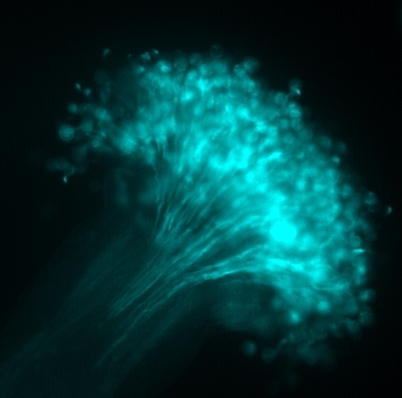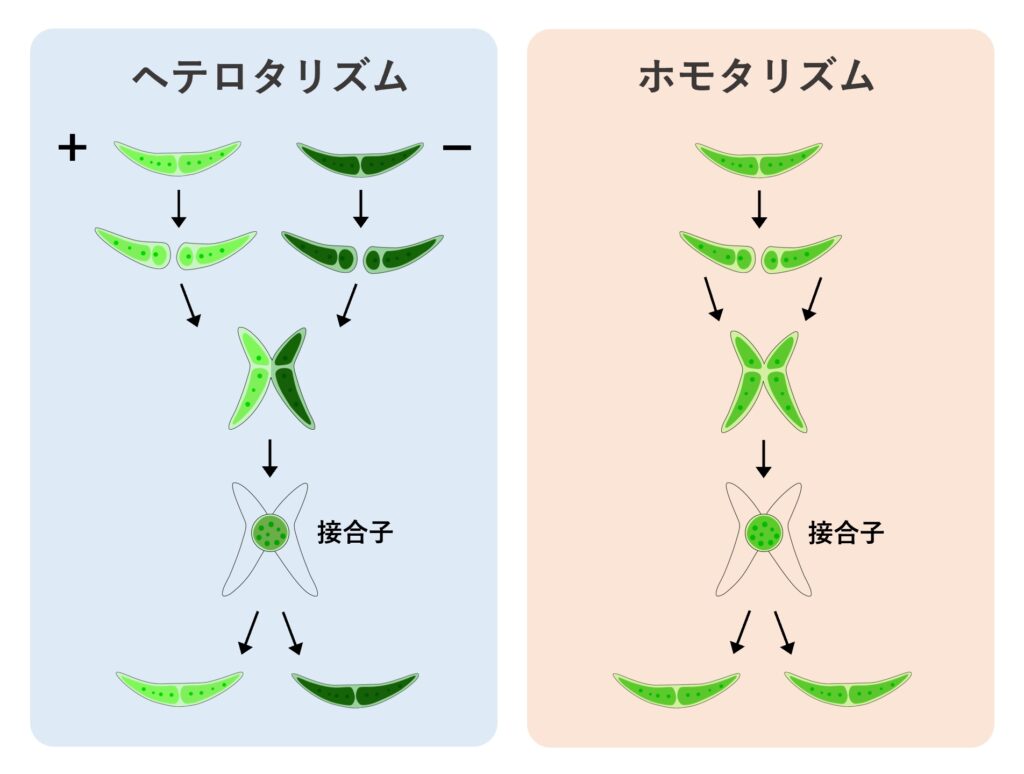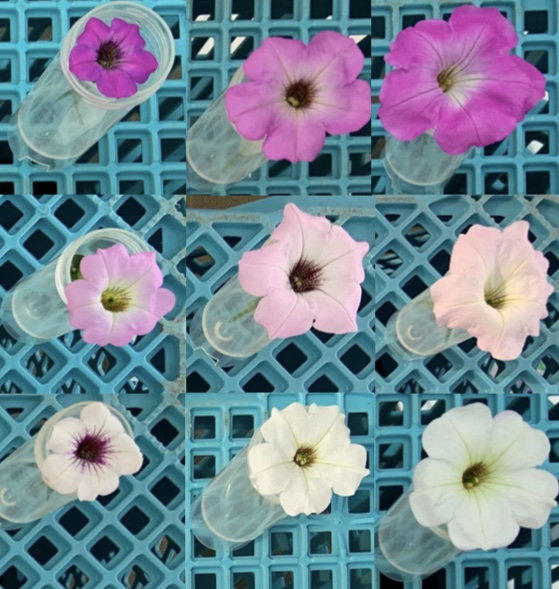Research|Tsuchimatsu Group
Our lab seeks to understand the mechanisms and processes of adaptive traits, particularly focusing on (but not limited to) mating system evolution of flowering plants. A powerful tool to address the mechanism of adaptive evolution is the genomic information at the population and species levels, which has recently become available easily thanks to the development of sequencing technologies. We are using various model and “non-model” organisms including Arabidopsis thaliana, Petunia and green algae, Closterium, by utilizing interdisciplinary approaches, ranging from population genetic analysis, lab experiments and field works.
Evolution of self-incompatibility systems in plants
Many flowering plants have genetic systems discriminating self and non-self pollen, called self-incompatibility, to prevent self-fertilization and promote outcrossing. Self-incompatibility generally consists of interactions between female and male specificity-determining components. Molecular mechanisms of self-incompatibility is highly diverse, and we work on the evolution of those systems, mainly focusing on Arabidopsis and Petunia.

Evolution of mating systems and genome rearrangements in green algae

Closterium peracerosum-strigosum-littorale (C. psl.) complex represents a unicellular isogamous alga, and two types of zygospore formation have been reported: homothallism and heterothallism. In homothallic strains, zygospores are formed by mating of single clones, whereas in heterothallic strains, zygospores are formed by mating between different clones. By sequencing of genomes of many wild homothallic and heterothallic strains, we try to understand the genetic causes and consequences of mating system transition between homothallism and heterothallism.
Mating system evolution in flowering plant
Transitions from outcrossing to selfing are known to be one of the most prevalent evolutionary events in flowering plants. Selfing species tend to share similar phenotypic traits, such as small flower size and reduced pollen number. We seek to understand how selfing and selfing-related phenotypes have evolved independently, by integrating population genomics and molecular genetic approaches.

